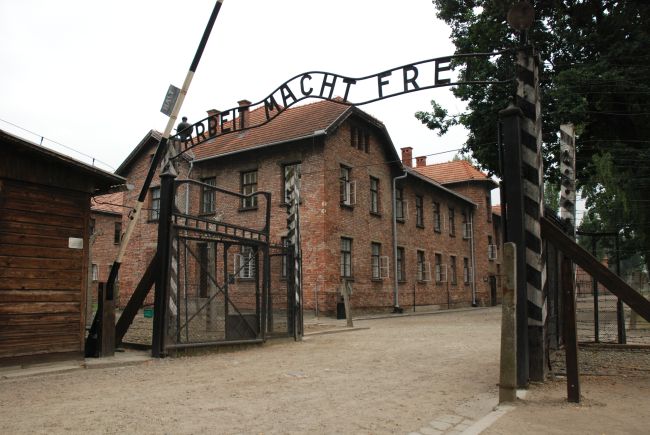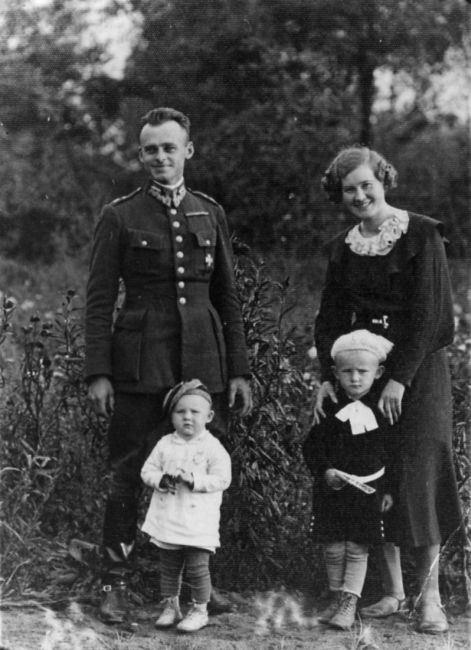Secret Polish Army (Tajna Armia Polska, TAP) was set up on 9 November 1939, and was chiefly composed of military and civilian activists. Its commander was Major Jan Włodarkiewicz (pseudonym : Darwicz), while the post of organising inspector was held by Second Lieutenant Witold Pilecki (pseudonym: Witold). The intelligence network of the TAP concentrated on the observation of transport routes, on the gathering of information about German industrial production for military purposes, and about the repressive actions of the German occupant, including the crimes committed by the SS officers at Auschwitz.
In August 1940, after a number of TAP members were arrested in Warsaw and transported to Auschwitz, the command of the organisation held a briefing at which the idea emerged of having Witold Pilecki penetrate the camp and establish a clandestine organisation of the Poles imprisoned there.
Pilecki began to carry out the plan on 19 September 1940, as he was arrested during a street roundup in Warsaw. After being transported to Auschwitz, he established contact with the members of the TAP imprisoned there: Lieutenant-Colonel Władysław Surmacki, Dr Władysław Dering, Jan Dangel, Stanisław Maringe, and others. The secret organisation that Pilecki organised in the camp was called the Military Organisation (Organizacja Wojskowa, OW), and it maintained secret links with the High Command of the Union for Armed Struggle/Home Army (Komenda Główna Związku Walki Zbrojnej/Armia Krajowa, ZWZ/AK) in Warsaw.


